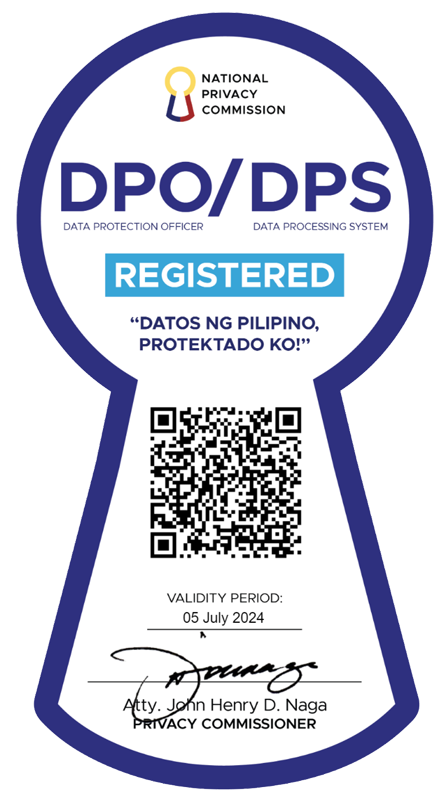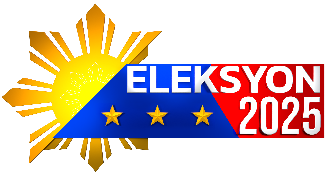
Young kids can easily adapt to new technological advances, according to learning specialist Marc Prensky. Photo: Patricia Calzo Vega
Saki walks and talks like any two-year old, but navigates through his mom’s iPhone like a pro. He knows which icons represent his games, and can operate these apps all by himself. Ram – who turns just four next month – has an American accent and the vocabulary of a five-year old, thanks in part to early exposure to educational computer programs from the United States. His mom first let him tinker with her iPod Touch when they started learning the alphabet and their corresponding sounds. Toddlers like Saki and Ram belong to a generation of digital natives. Coined by learning specialist Marc Prensky in 2001, the term refers to a class of youngsters who — by virtue of being born and raised in an environment with easy access to technology — can easily adapt to new technological advancements, and whose learning and thinking patterns may have been shaped by such.
Going “native" An advocate of educational reform, Prensky strongly recommended that educators modify their teaching methods to maximize the digital natives’ learning strategies.
 'Digital natives' are youngsters whose learning and thinking patterns may have been shaped by being born and raised in an environment with easy access to technology.
'Digital natives' are youngsters whose learning and thinking patterns may have been shaped by being born and raised in an environment with easy access to technology.
Indeed, integrating information and communication technology (ICT) in childhood learning seems to be slowly gaining ground in the Philippines —at least for those who can afford it. ICT textbooks, and the computer programs that they endorse, are available for kindergarten students. Preschool teachers are enabled, even encouraged, to use Powerpoint presentations as learning aids. And just last month, Vibal Publishing
unveiled the digital version of its Chikiting line of storybooks, accessible to Android devices and the iPad. Prensky
described digital natives as multi-taskers, used to receiving information really fast, prefer graphics before text, and thrive on instant gratification and reward. Digital natives or not, children already have a short attention span, and some early childhood educators concede the benefits of digital learning aids in hurdling this particular stumbling block.
Digital playground 
Tablet tales: Vibal Publishing's Chikiting storybooks are available for Android gadgets like the Samsung Galaxy Tab. Photo: Patricia Calzo Vega
“The first challenge that teachers battle when starting a new lesson is getting the children to listen," shares Mariel Calabig, an early childhood educator for twenty years, and managing directress of Play Care Preparatory School in Santa Rosa, Laguna. “Computer-based materials and interactive programs are tools that a teacher can use to present a lesson. Teachers can invent their own stories or create animation to entice their students." While Play Care teachers are allowed to present videos or animated storybooks to their class, this is balanced by a wide range of appropriate physical and mental activities. “Children aged 3 to 4 years old get easily restless with an activity that lasts for more than 20 minutes, some will not even sit through a whole exciting movie. [Our teachers present] a variety of experiential activities — singing, games, art, storytelling, and role-playing — to keep their attention focused on the day’s lessons," Calabig added.
 Computer-based materials and interactive programs are tools that a teacher can use to present a lesson. Teachers can invent their own stories or create animation to entice their students.
Computer-based materials and interactive programs are tools that a teacher can use to present a lesson. Teachers can invent their own stories or create animation to entice their students.  — Mariel Calabig, managing directress, Play Care Preparatory School
— Mariel Calabig, managing directress, Play Care Preparatory School
Play Care’s Junior Kinder teacher, Lyra Pandy, uses animated presentations whenever she introduces new word groups, so her four-year old students are no strangers to digital learning aids. “(My class is) learning C-V-C words, and it really helps if the letters are animated for my students to learn proper enunciation. The class pronounces each letter as it lights up, until the entire word is completed," she says. Vibal Publishing’s Chikiting digital editions are recommended for children aged four and up, so Teacher Lyra asked some of her students to try the digital storybook, to lukewarm results. “The story is quite long and wordy for my students to read on their own, so we tried the “Read to Me" option. While the animation was nicely done, my students were distracted by the simultaneous voiceover narration and animated pictures. We couldn’t finish the entire story." Teacher Lyra noted that the digital storybook may be improved by animating the pictures after each page’s story narration was completed. “[My students] didn’t know whether to pay attention to the moving pictures or the spoken words, and ended up not paying attention at all. Having the animation come after the narration will ensure that they focus on both the words and artwork of the story."
Special cases SPED teachers may also benefit from the use of ICT, provided that the technology is appropriate for the student’s particular learning needs, notes Dr. Marie Grace Gomez, a professor at the Special Education department of the UP College of Education. “For gifted children, research has shown that technology enhances their capacity to perform better. Students with dysgraphia (writing difficulties) may produce better written output through digital teaching aids, while children with visual impairment can enjoy educational games through talking screen readers." Dr. Gomez is quick to note that technology may also be a detriment to learning. “Students with ADHD or autism may be over-excited [by] bright colors and graphic displays. This may aggravate hyperactive conditions."
— GMA News 
 'Digital natives' are youngsters whose learning and thinking patterns may have been shaped by being born and raised in an environment with easy access to technology.
'Digital natives' are youngsters whose learning and thinking patterns may have been shaped by being born and raised in an environment with easy access to technology.

 Computer-based materials and interactive programs are tools that a teacher can use to present a lesson. Teachers can invent their own stories or create animation to entice their students.
Computer-based materials and interactive programs are tools that a teacher can use to present a lesson. Teachers can invent their own stories or create animation to entice their students. 





